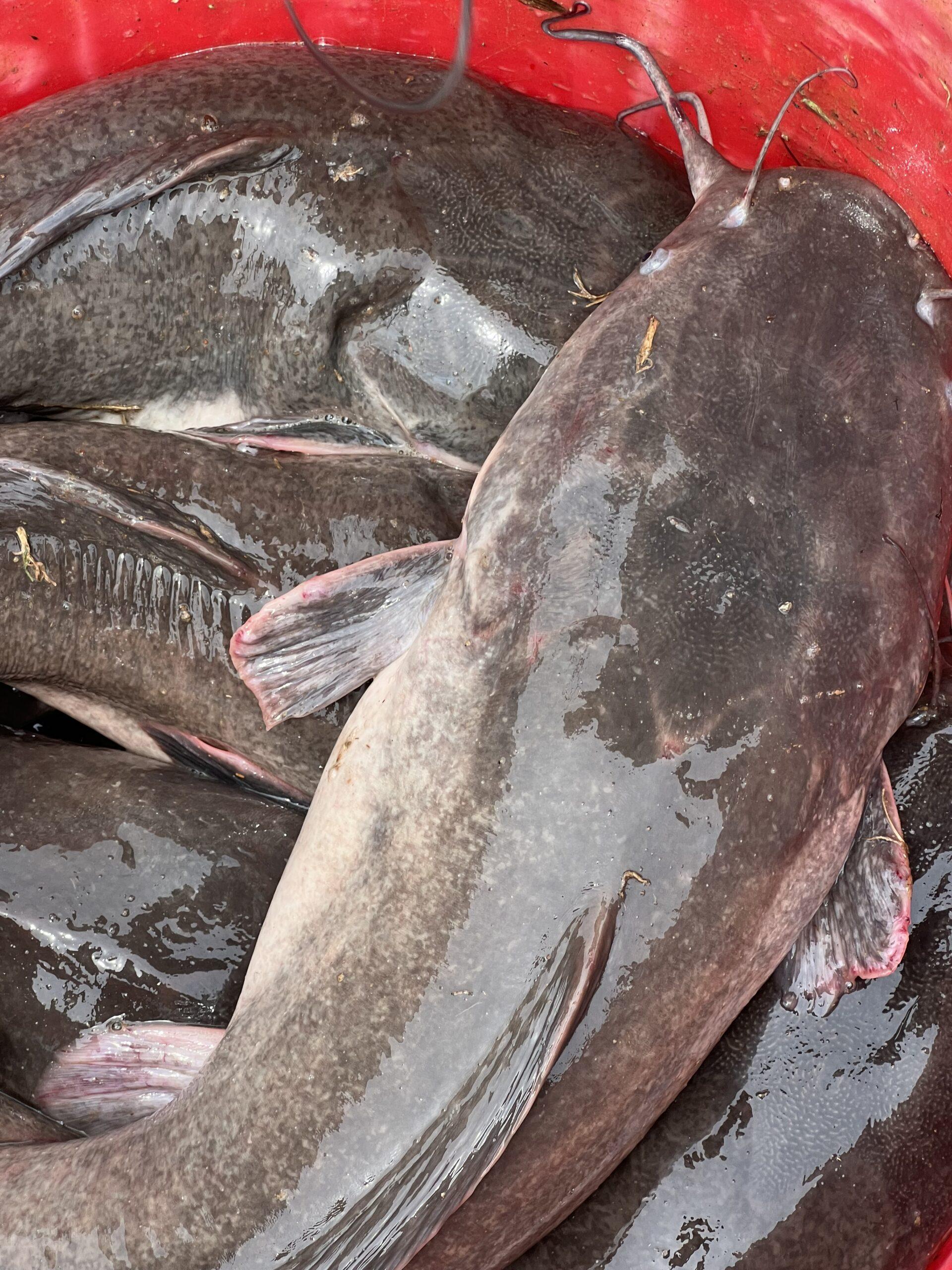Currently Empty: ₦0.00

As one of the most consumed fish types in Nigeria, catfish farming presents a lucrative business opportunity for entrepreneurs interested in the agricultural sector. However, starting a successful catfish farm involves careful planning, a good understanding of the industry, and effective execution of your business plan. Here are some steps to guide you:
Step 1: Understand the Market
Before you venture into catfish farming, conduct a thorough market survey. Identify who your potential customers are, such as local markets, restaurants, and individual consumers. Understand their preferences, the existing supply, and the gap you can fill.
Step 2: Acquire Knowledge and Skills
You need to understand the basics of catfish farming, such as fish health management, feeding routines, water quality monitoring, and marketing your produce. You can gain this knowledge through training, apprenticeships, or by hiring a knowledgeable consultant.
Step 3: Develop a Business Plan
This should detail your business model, capital investment, projected earnings, operating costs, marketing strategy, and risk management plan. This is a crucial step, as it gives you a roadmap and helps attract investors if you need additional funding.
Step 4: Secure a Suitable Location
The location of your farm matters. Look for land that has access to clean water, is free from flooding, and is accessible for transport. The size of the land depends on the scale of your operation.
Step 5: Pond Construction
Constructing the right type of pond is critical for the survival and growth of your catfish. You can choose from different types of ponds such as earthen, concrete, or plastic ponds. Each has its advantages and challenges, so choose one that fits your budget, land, and farming scale.
Step 6: Source Quality Fingerlings or Juveniles
The success of your farm depends significantly on the quality of the fingerlings or juveniles you start with. Source your stock from reputable hatcheries to ensure they are healthy and have a high survival rate.
Step 7: Proper Feeding
Proper feeding is crucial for the growth of your catfish. Feed should be rich in protein and given in appropriate quantities. Overfeeding or underfeeding can impact the growth rate and health of the catfish.
Step 8: Regular Monitoring and Care
Monitor the health of your fish regularly, test the water quality, and clean the pond as needed. Detecting and treating diseases early can save your entire stock from loss.
Step 9: Harvesting and Marketing
After about five months, your catfish should be ready for sale. Plan your marketing strategy well in advance of this stage. You can sell your fish directly to consumers, to restaurants, in the local market, or to fish processors.
Starting a catfish farm in Nigeria can be challenging, but with patience, continuous learning, and good farming practices, it can also be rewarding. Just like any business, it requires dedication, hard work, and a strong desire to succeed.
Remember, the key to a successful catfish farming business lies in your ability to manage the farm effectively, understand the market, and meet the needs of your customers. Happy farming!
